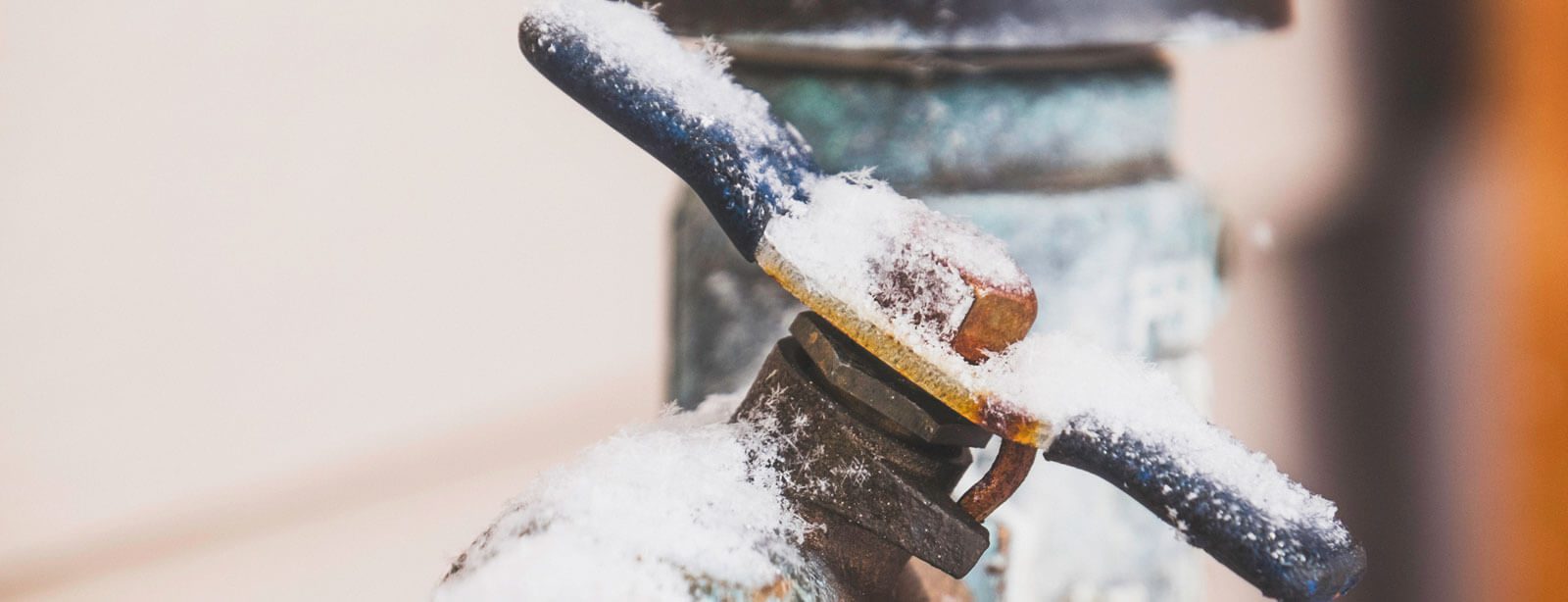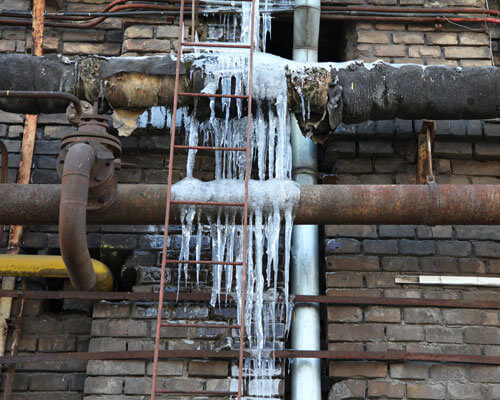Protecting Your Pipes from Freezing Damage: Essential Approaches
Protecting Your Pipes from Freezing Damage: Essential Approaches
Blog Article
This post following next pertaining to How To Avoid Freezing Pipes is immensely compelling. Read it for your own benefit and decide what you think of it.

Winter can ruin your plumbing, especially by freezing pipes. Right here's exactly how to avoid it from happening and what to do if it does.
Intro
As temperature levels drop, the risk of icy pipelines boosts, possibly resulting in pricey repair work and water damages. Recognizing how to stop icy pipelines is crucial for home owners in cold environments.
Avoidance Tips
Insulating at risk pipelines
Wrap pipes in insulation sleeves or use warmth tape to shield them from freezing temperatures. Concentrate on pipes in unheated or outside locations of the home.
Heating strategies
Maintain indoor spaces sufficiently warmed, particularly locations with pipes. Open closet doors to permit cozy air to distribute around pipes under sinks.
Exactly how to determine icy pipelines
Search for reduced water circulation from faucets, unusual odors or sounds from pipelines, and noticeable frost on subjected pipes.
Long-Term Solutions
Structural adjustments
Think about rerouting pipelines away from outside wall surfaces or unheated locations. Add extra insulation to attics, basements, and crawl spaces.
Updating insulation
Buy top notch insulation for pipes, attics, and wall surfaces. Correct insulation assists maintain constant temperatures and reduces the threat of icy pipelines.
Shielding Exterior Plumbing
Yard pipes and exterior faucets
Detach and drain pipes garden hoses before winter. Mount frost-proof spigots or cover exterior faucets with shielded caps.
Understanding Icy Pipelines
What causes pipes to freeze?
Pipes freeze when revealed to temperature levels below 32 ° F (0 ° C) for extended durations. As water inside the pipelines freezes, it broadens, taxing the pipe wall surfaces and potentially causing them to rupture.
Risks and problems
Icy pipelines can lead to water interruptions, building damages, and pricey repair work. Ruptured pipelines can flooding homes and cause comprehensive architectural damage.
Indications of Frozen Piping
Determining frozen pipes early can prevent them from breaking.
What to Do If Your Pipelines Freeze
Immediate activities to take
If you suspect frozen pipes, maintain faucets open to alleviate stress as the ice thaws. Make use of a hairdryer or towels soaked in hot water to thaw pipelines gradually.
Verdict
Protecting against frozen pipes calls for positive procedures and quick reactions. By understanding the causes, indications, and safety nets, homeowners can secure their pipes during cold weather.
5 Ways to Prevent Frozen Pipes
Drain Outdoor Faucets and Disconnect Hoses
First, close the shut-off valve that controls the flow of water in the pipe to your outdoor faucet. Then, head outside to disconnect and drain your hose and open the outdoor faucet to allow the water to completely drain out of the line. Turn off the faucet when done. Finally, head back to the shut-off valve and drain the remaining water inside the pipe into a bucket or container. Additionally, if you have a home irrigation system, you should consider hiring an expert to clear the system of water each year.
Insulate Pipes
One of the best and most cost-effective methods for preventing frozen water pipes is to wrap your pipes with insulation. This is especially important for areas in your home that aren’t exposed to heat, such as an attic. We suggest using foam sleeves, which can typically be found at your local hardware store.
Keep Heat Running at 65
Your pipes are located inside your walls, and the temperature there is much colder than the rest of the house. To prevent your pipes from freezing, The Insurance Information Institute suggests that you keep your home heated to at least 65 degrees, even when traveling. You may want to invest in smart devices that can keep an eye on the temperature in your home while you’re away.
Leave Water Dripping
Moving water — even a small trickle — can prevent ice from forming inside your pipes. When freezing temps are imminent, start a drip of water from all faucets that serve exposed pipes. Leaving a few faucets running will also help relieve pressure inside the pipes and help prevent a rupture if the water inside freezes.
Open Cupboard Doors
Warm your kitchen and bathroom pipes by opening cupboards and vanities. You should also leave your interior doors ajar to help warm air circulate evenly throughout your home.

We are very fascinated with Preventing and dealing with frozen pipes and I really hope you enjoyed our blog posting. For those who liked our blog entry plz consider to share it. We truly appreciate your readership.
Free Estimate Report this page